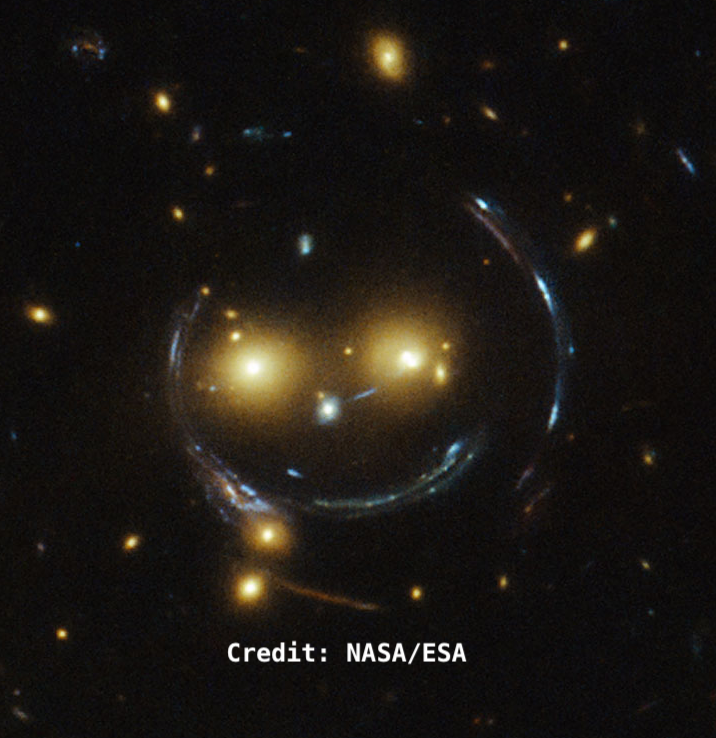About me
I am currently a a DAWN fellow at the Cosmic Dawn Center, working at the Technical University of Denmark (DTU Space). My research interest is studying galaxy formation and evolution across cosmic time and space.
I received funding as a Marie Skłodowska-Curie Actions (MSCA) postdoctoral fellow at the same institution between 2023-2025. Before coming to Denmark in 2021, I was a postdoctoral fellow in the IR group at the Max Planck Institute for Extraterrestrial Physics (MPE) in Munich. Prior to this, I spent several months at Nagoya University, as a research staff appointed by the National Astronomical Observatory of Japan (NAOJ) after I received my Ph.D. degree from the University of Tokyo in 2018.
I was born in South Korea but a large chunk of my life has been spent abroad in Japan and European countries (Netherlands, Germany, and Denmark). When I am off the grid from the astronomical coordinates, I enjoy reading books (mostly essays and non-fiction), doing yoga and pilates, going to galleries (I love the 18th- and 19th-century arts), listening to music (of a variety of genres) or playing piano, as well as doing outreach activities.
